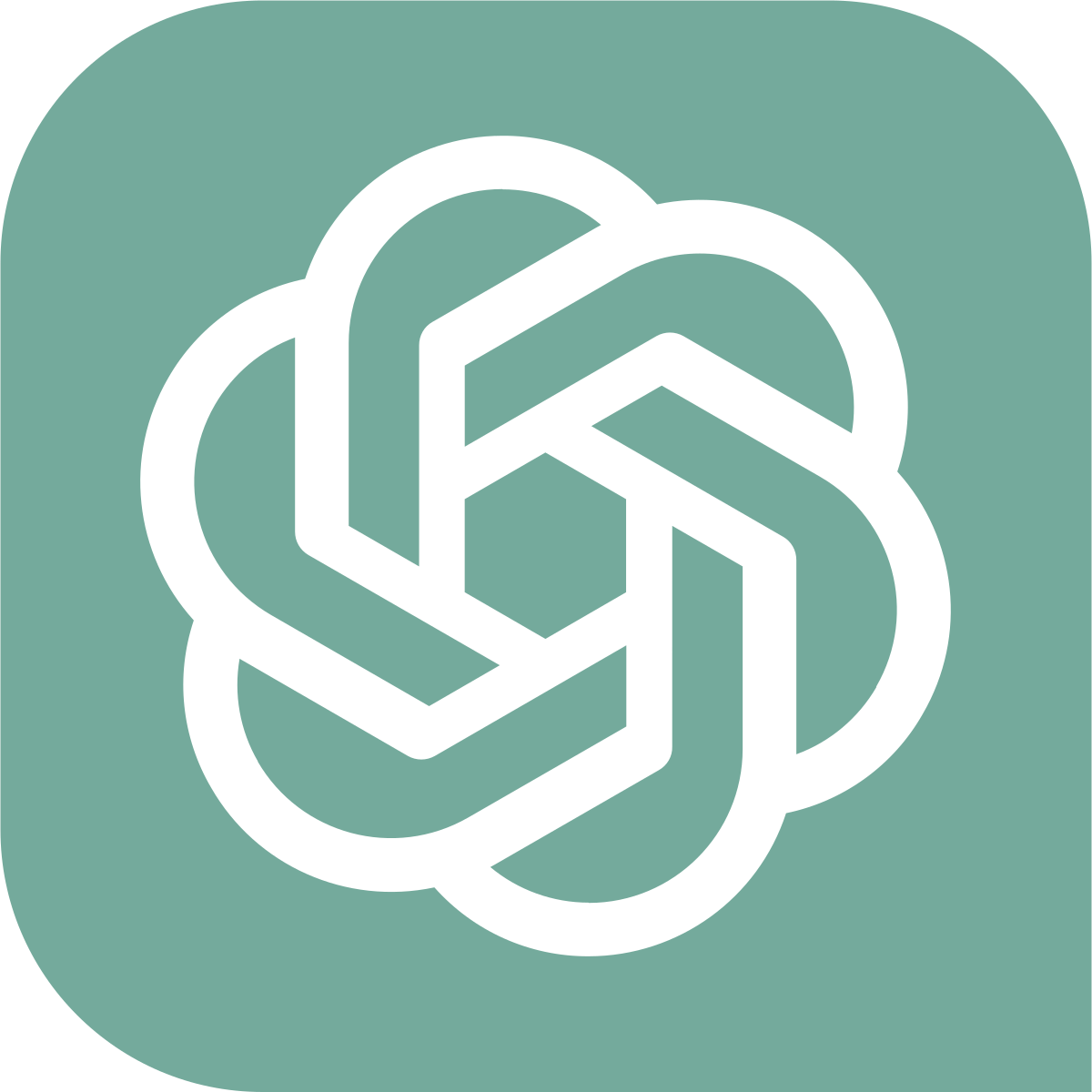The Top AI Models in 2024

Date: 2024-12-01
The Top AI Models in 2024 and When to Use Them
Artificial intelligence (AI) has revolutionized industries by providing tools that address specific challenges efficiently. As of 2024, several AI models have risen to prominence due to their state-of-the-art capabilities in tasks like natural language processing (NLP), image generation, and predictive analytics. But with so many options, it can be challenging to know which model suits your needs. Here's a guide to the top AI models and when to use them.
1. GPT-4 by OpenAI

Best For: Natural Language Processing (NLP), Chatbots, Content Creation, Coding Assistance.
Description:
GPT-4, a transformer-based model, excels in generating human-like text. It can answer questions, write essays, assist with coding, and even simulate conversations.
Applications:
- Developing chatbots or virtual assistants.
- Automating content generation for blogs, marketing, and reports.
- Simplifying complex programming tasks or debugging code.
Limitations:
Not suitable for highly technical or domain-specific tasks without fine-tuning.
2. Stable Diffusion
Best For: Text-to-Image Generation.
Description:
Stable Diffusion is a leading AI model for creating images from textual prompts. It is efficient, versatile, and open-source, making it ideal for creative applications.
Applications:
- Designing artwork, marketing graphics, or concept visuals.
- Prototyping for video games or animations.
- Generating social media content.
Limitations:
May require fine-tuning to align outputs with specific artistic styles.
3. Whisper by OpenAI
Best For: Speech-to-Text Conversion.
Description:
Whisper is a powerful automatic speech recognition (ASR) model. It supports transcription in multiple languages and handles accents with remarkable accuracy.
Applications:
- Transcribing meetings, interviews, or podcasts.
- Enabling voice commands in apps or devices.
- Localizing video or audio content with subtitles.
Limitations:
Can struggle with very noisy audio or poor-quality recordings.
4. BERT by Google
Best For: Understanding Context in Text.
Description:
BERT (Bidirectional Encoder Representations from Transformers) is a pioneer in contextual text understanding. It processes words in the context of surrounding words, making it ideal for understanding nuance.
Applications:
- Search engine optimization (SEO) and query matching.
- Sentiment analysis or intent detection.
- Fine-tuning for domain-specific text classification tasks.
Limitations:
Not as generative as models like GPT-4.
5. DALL·E 3 by OpenAI
Best For: Generating High-Quality Images from Text.
Description:
The successor to DALL·E 2, this model combines advanced text understanding with refined image-generation capabilities.
Applications:
- Crafting marketing materials and branding assets.
- Visualizing product concepts or designs.
- Storyboarding for films and animations.
Limitations:
May require clear, structured prompts to avoid ambiguity.
6. ResNet (Residual Networks)
Best For: Image Classification and Computer Vision Tasks.
Description:
ResNet is a deep neural network architecture designed for image recognition and classification. It is widely used in healthcare, security, and autonomous systems.
Applications:
- Diagnosing medical conditions from imaging (e.g., X-rays, MRIs).
- Enabling object detection in security systems.
- Powering image search engines.
Limitations:
Requires substantial computational resources for training.
7. LLaMA (Large Language Model Meta AI)
Best For: Custom NLP Applications.
Description:
LLaMA by Meta is a family of smaller, efficient language models designed for specific NLP use cases, with open weights for customization.
Applications:
- Building private chatbots for sensitive industries (e.g., finance, healthcare).
- Conducting domain-specific NLP research.
- Implementing AI capabilities in smaller systems with constrained resources.
Limitations:
Not as performant out-of-the-box as GPT-4 without fine-tuning.
8. AlphaFold by DeepMind
Best For: Protein Structure Prediction.
Description:
AlphaFold has transformed the field of biology by predicting protein folding with high accuracy, aiding in drug discovery and disease research.
Applications:
- Accelerating drug discovery pipelines.
- Advancing genetic and molecular biology research.
- Supporting agricultural innovation.
Limitations:
Niche use case primarily relevant to scientific research.
9. MidJourney
Best For: Artistic Image Creation.
Description:
A community-driven AI model specialized in generating artistic, imaginative visuals based on text prompts.
Applications:
- Producing unique illustrations for branding or content creation.
- Designing book covers, album art, or posters.
- Crafting concept art for creative industries.
Limitations:
Limited control over detailed outputs compared to professional tools.
Choosing the Right AI Model
When deciding which AI model to use, consider:
- Task Type: What problem are you solving? (e.g., text, image, or audio-related?)
- Ease of Use: Do you need a model that works out-of-the-box, or can you fine-tune it?
- Resources: Do you have the computational power for large-scale models, or do you need a lightweight alternative?
- Customisation: Are you working in a general domain or a niche industry requiring fine-tuned performance?
Conclusion
The AI landscape offers models tailored to virtually every use case, from generating creative visuals to solving complex scientific problems. Selecting the right one can save time, resources, and effort while amplifying your project's impact. By understanding each model's strengths and limitations, you can confidently choose the one that best fits your needs.
Have a specific project in mind? Let's discuss the best model for it!